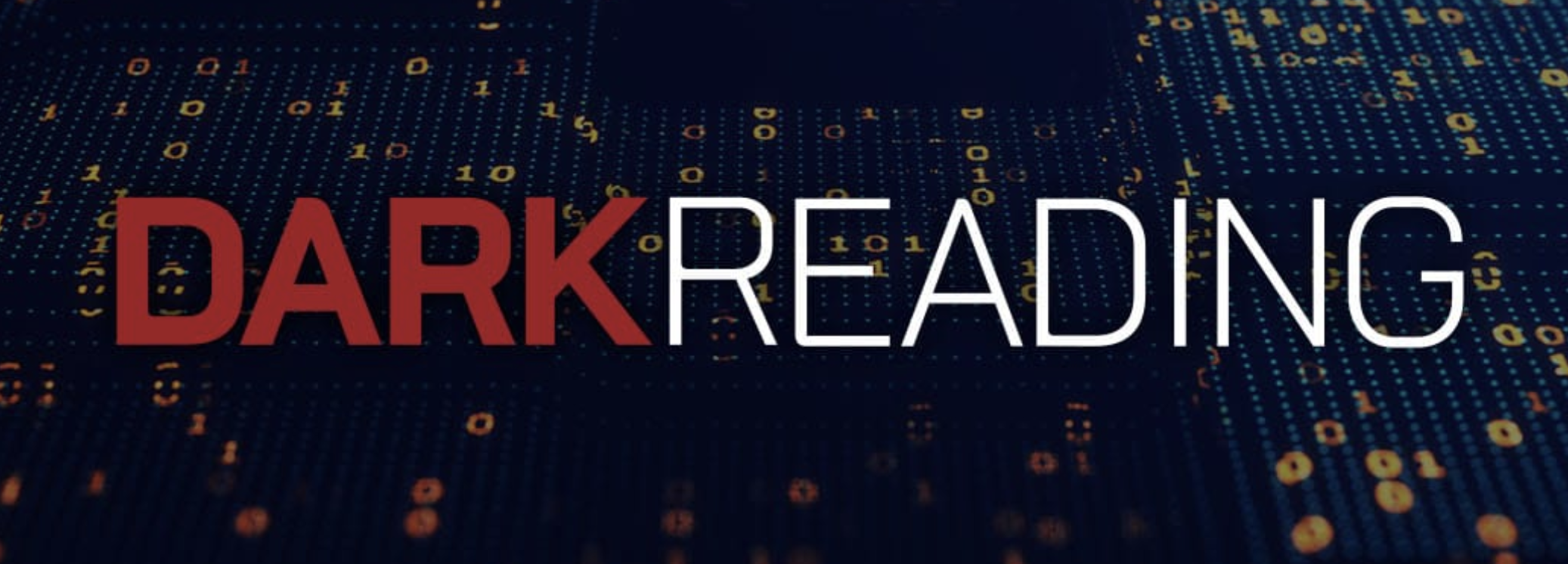
- 21 March, 2018
Why Smart Cities Need AI Knowledge Graphs
A linked data framework can empower smart cities to realize social, political, and financial goals.
 Smart cities are projected to become one of the most prominent manifestations of the Internet of Things (IoT). Current estimates for the emerging smart city market exceed $40 trillion, and San Jose, Barcelona, Singapore, and many other major metropolises are adopting smart technologies.
Smart cities are projected to become one of the most prominent manifestations of the Internet of Things (IoT). Current estimates for the emerging smart city market exceed $40 trillion, and San Jose, Barcelona, Singapore, and many other major metropolises are adopting smart technologies.
The appeal of smart cities is binary. On the one hand, the automated connectivity of the IoT is instrumental in reducing costs associated with public expenditures for infrastructure such as street lighting and transportation. With smart lighting, municipalities only pay for street light expenses when people are present. Additionally, by leveraging options for dynamic pricing with smart parking, for example, the technology can provide new revenue opportunities.
Despite these advantages, smart cities demand extensive data management. Consistent data integration from multiple locations and departments is necessary to enable interoperability between new and legacy systems. Smart cities need granular data governance for long-term sustainability. Finally, they necessitate open standards to future-proof their perpetual utility.
Knowledge graphs—enterprise-wide graphs which link all data assets for internal or external use—offer all these benefits and more. They deliver a uniform, linked framework for sharing data in accordance with governance protocols, are based on open standards, and exploit relationships between data for business and operational optimization. They supply everything smart cities need to realize their social, political, and financial goals. Knowledge graphs can use machine learning to reinsert the output of contextualized analytics into the technology stack, transforming the IoT’s copious data into foundational knowledge to spur improved civic applications.
Read the full article at Trajectory Magazine








